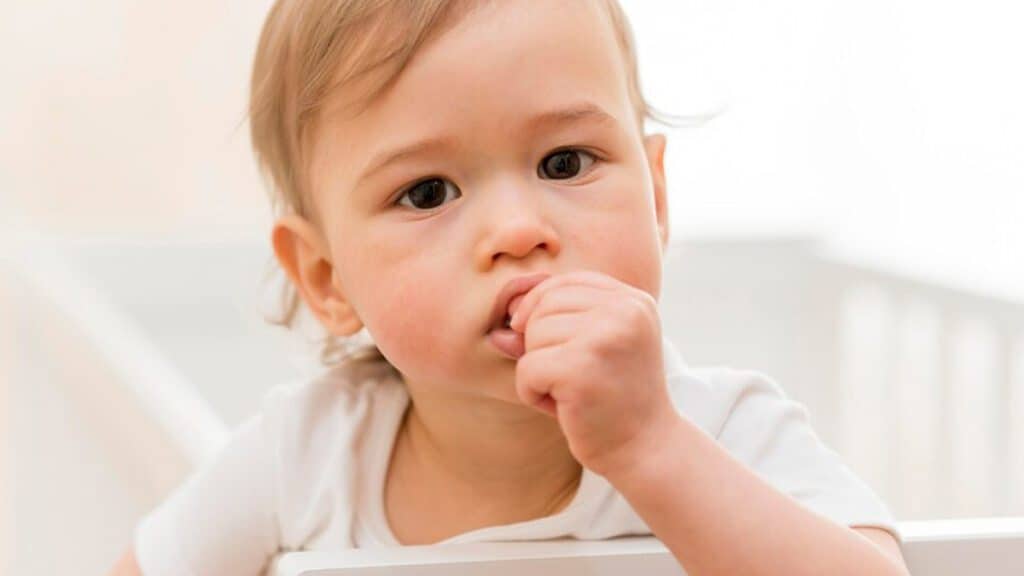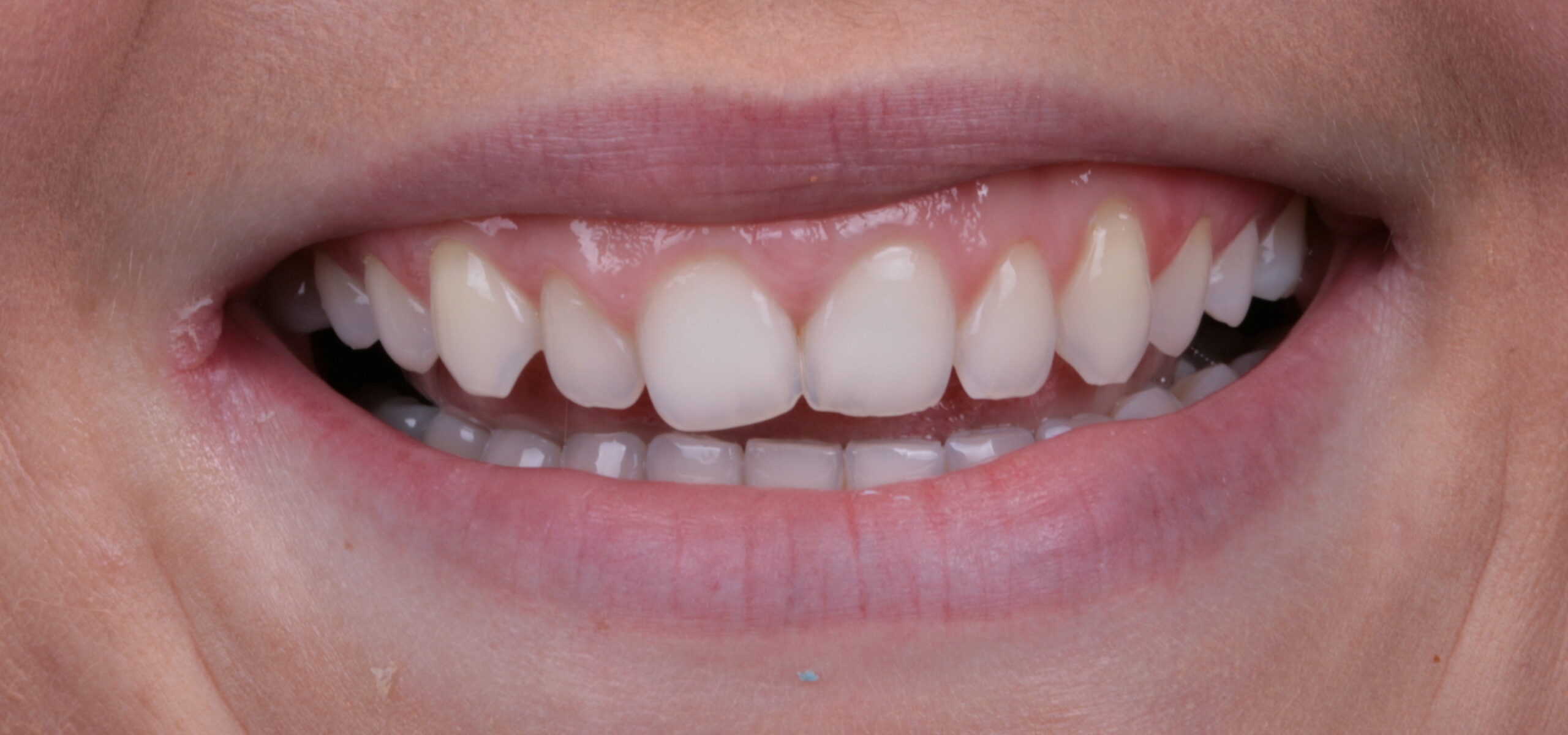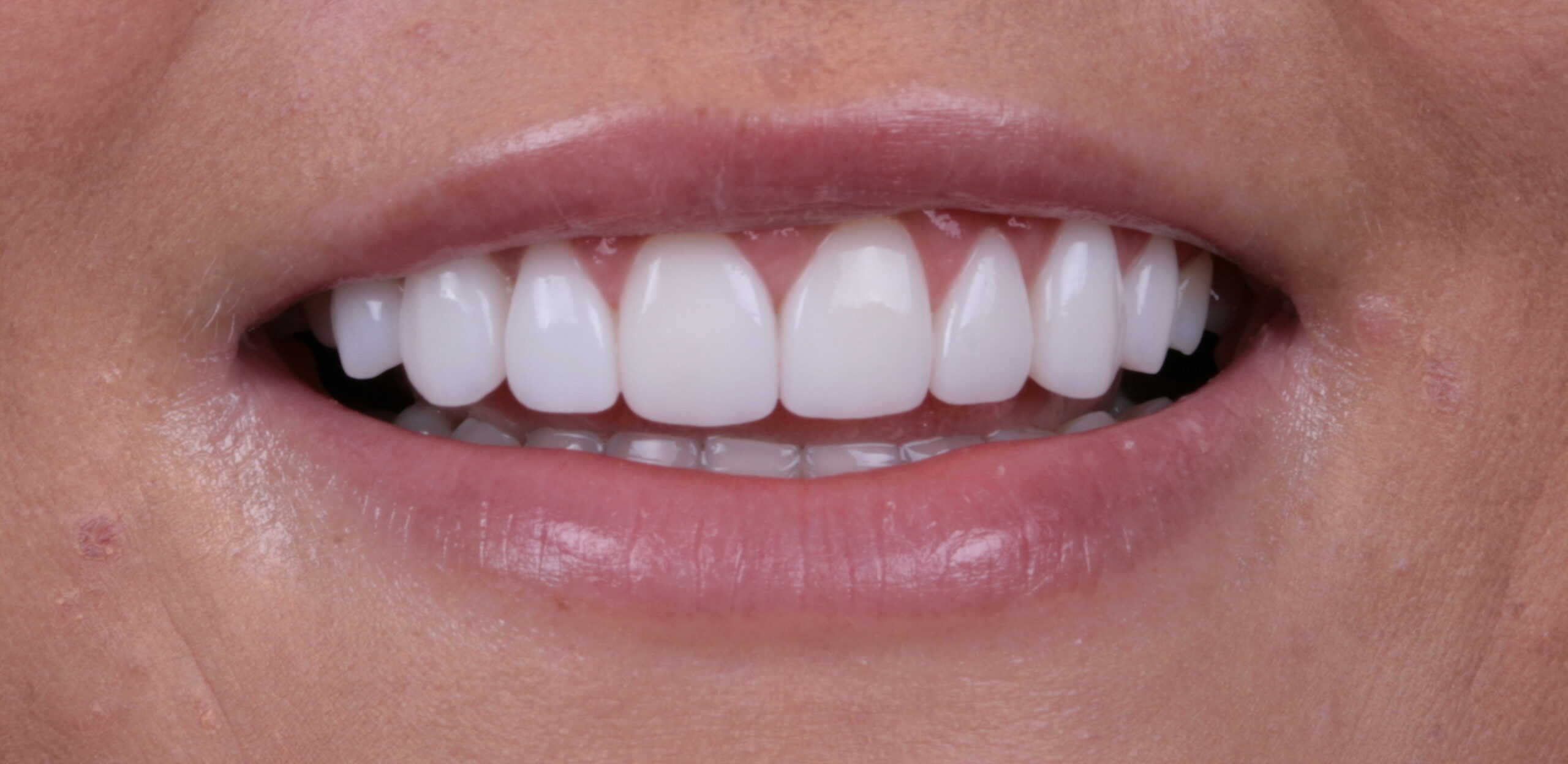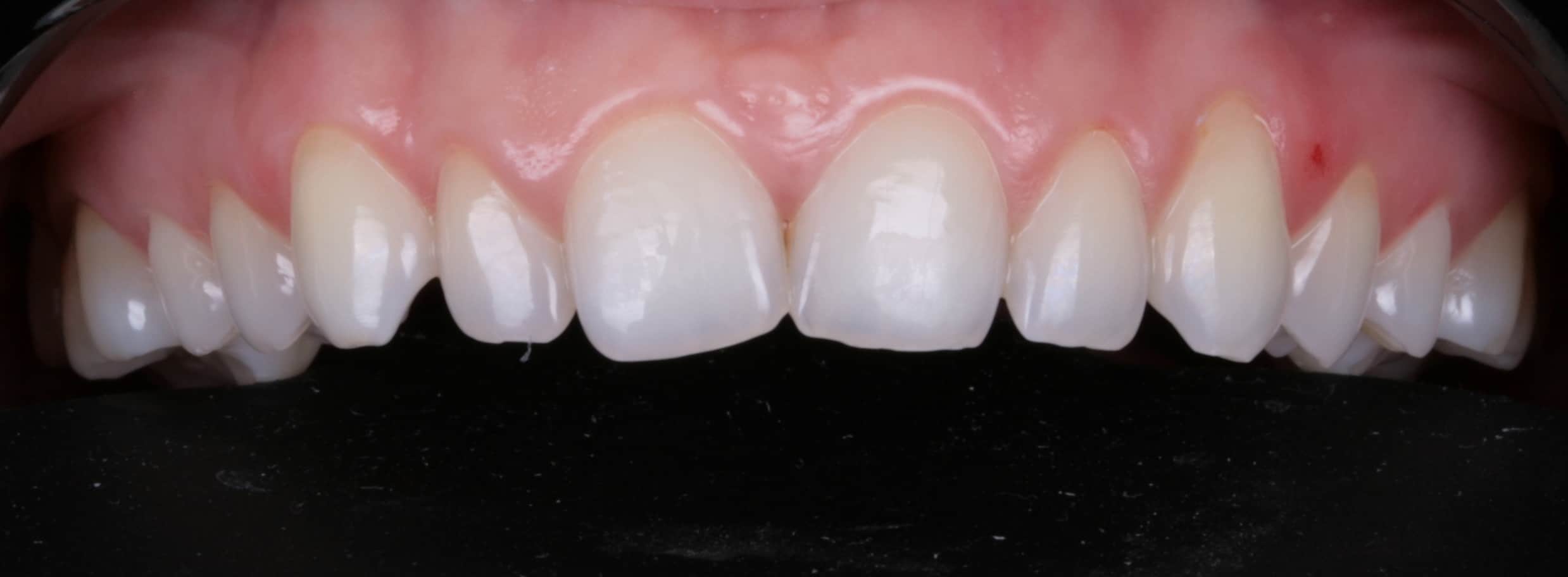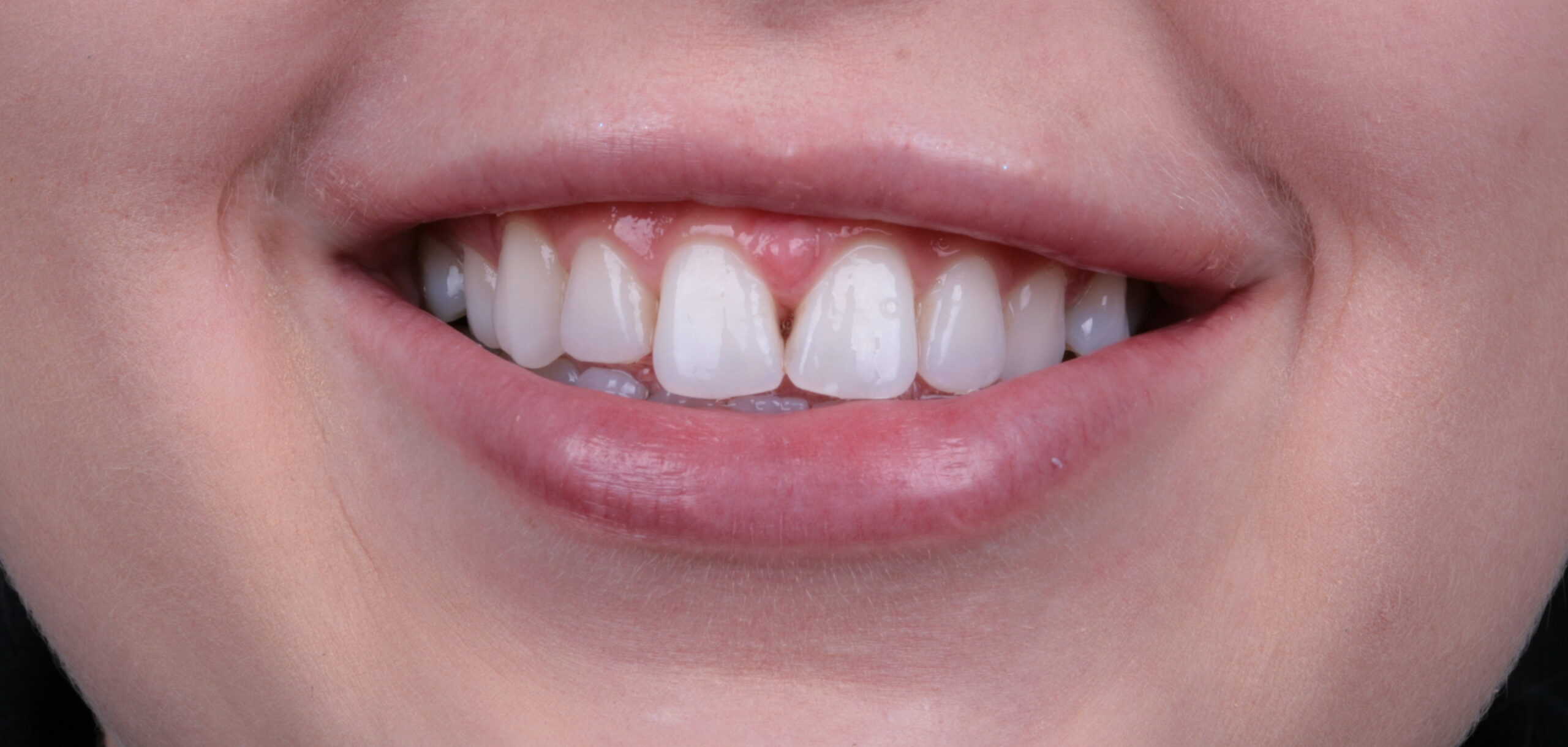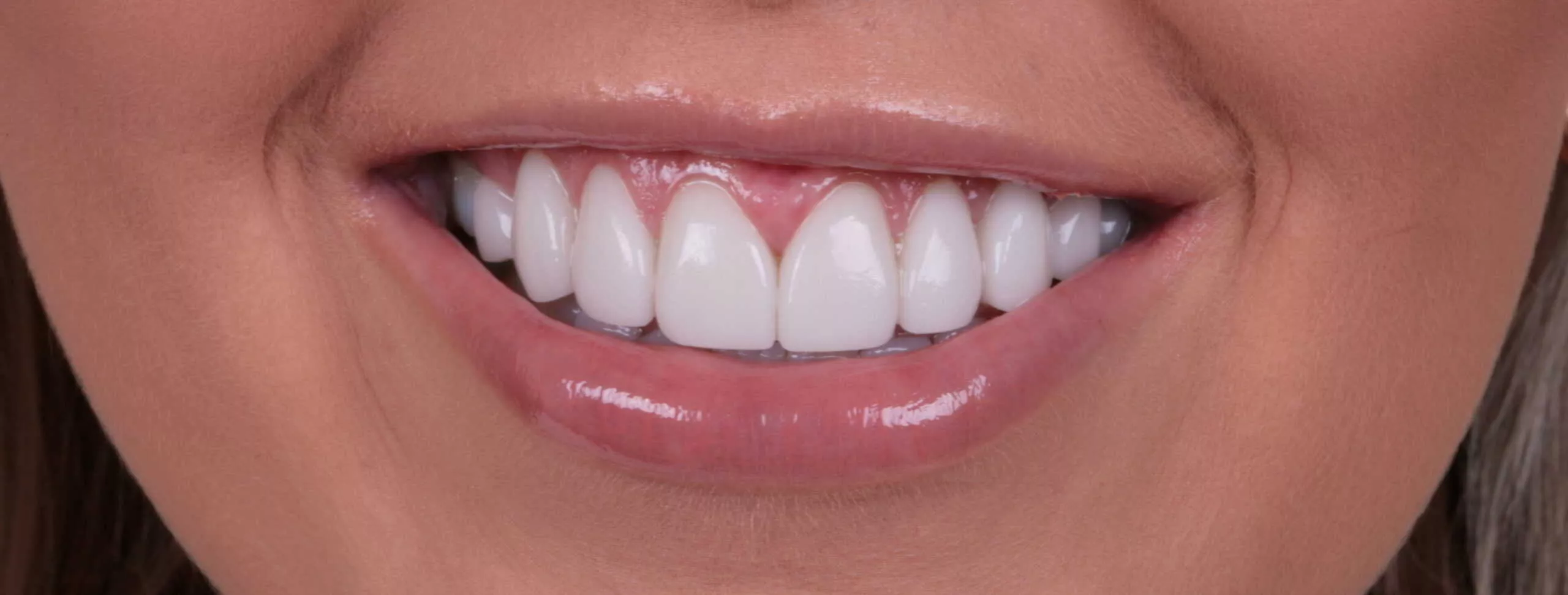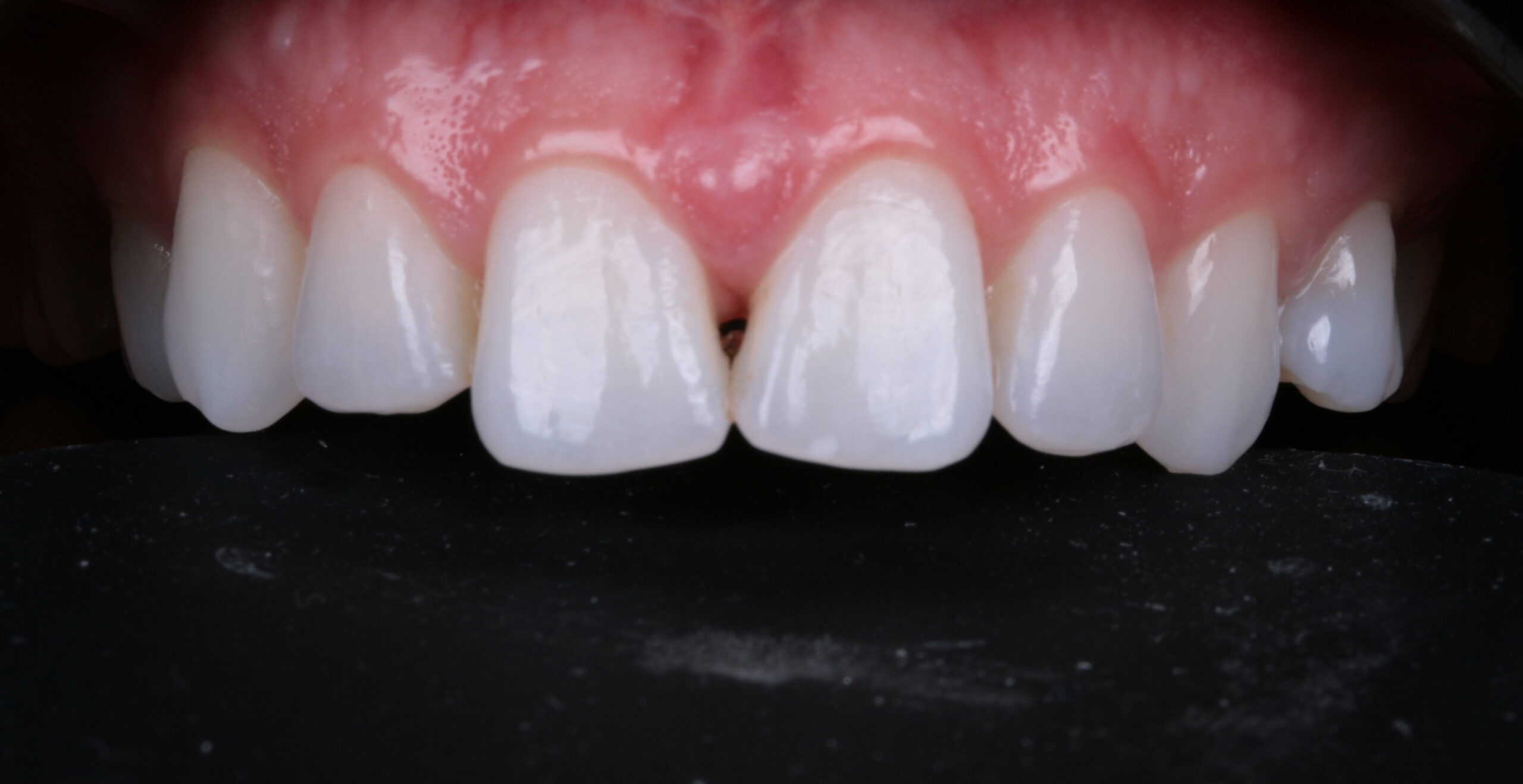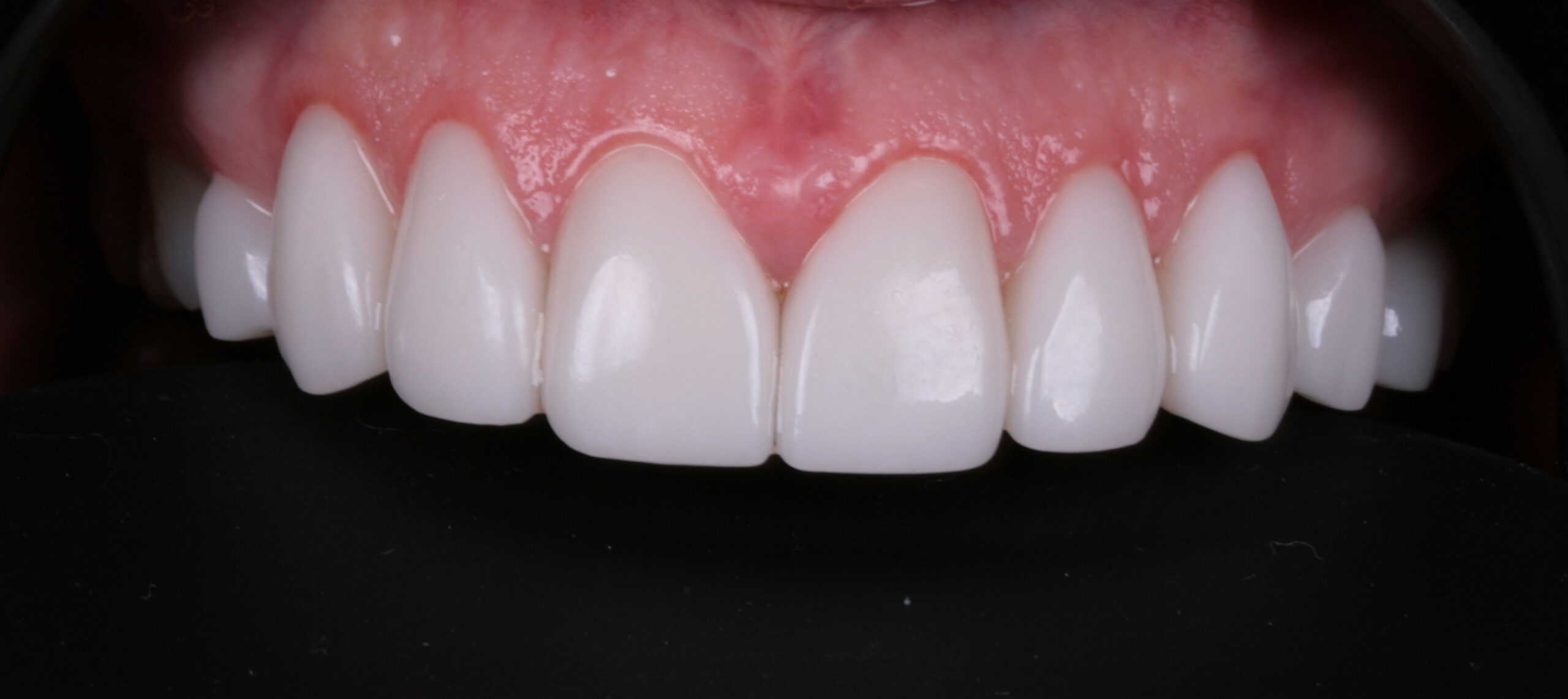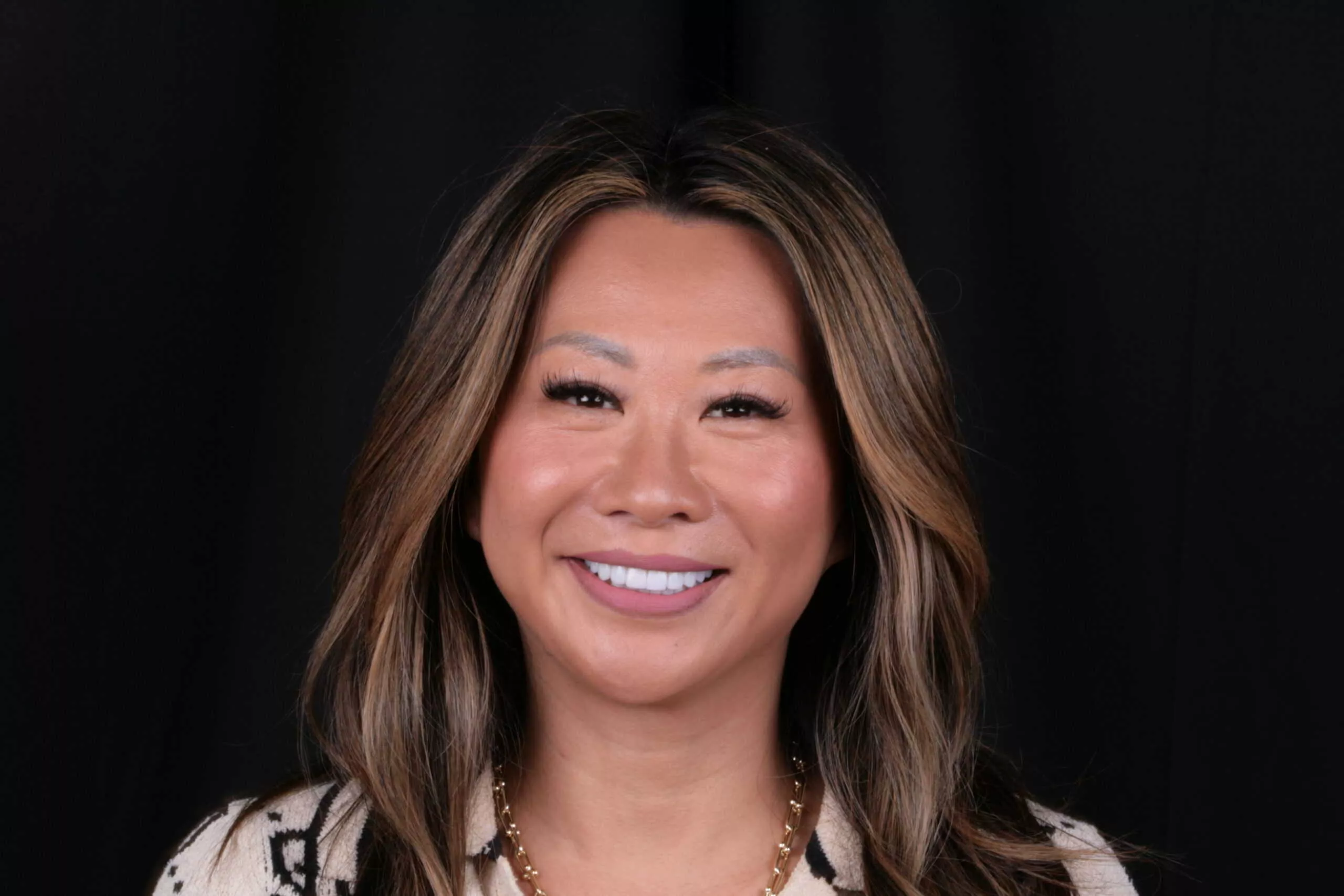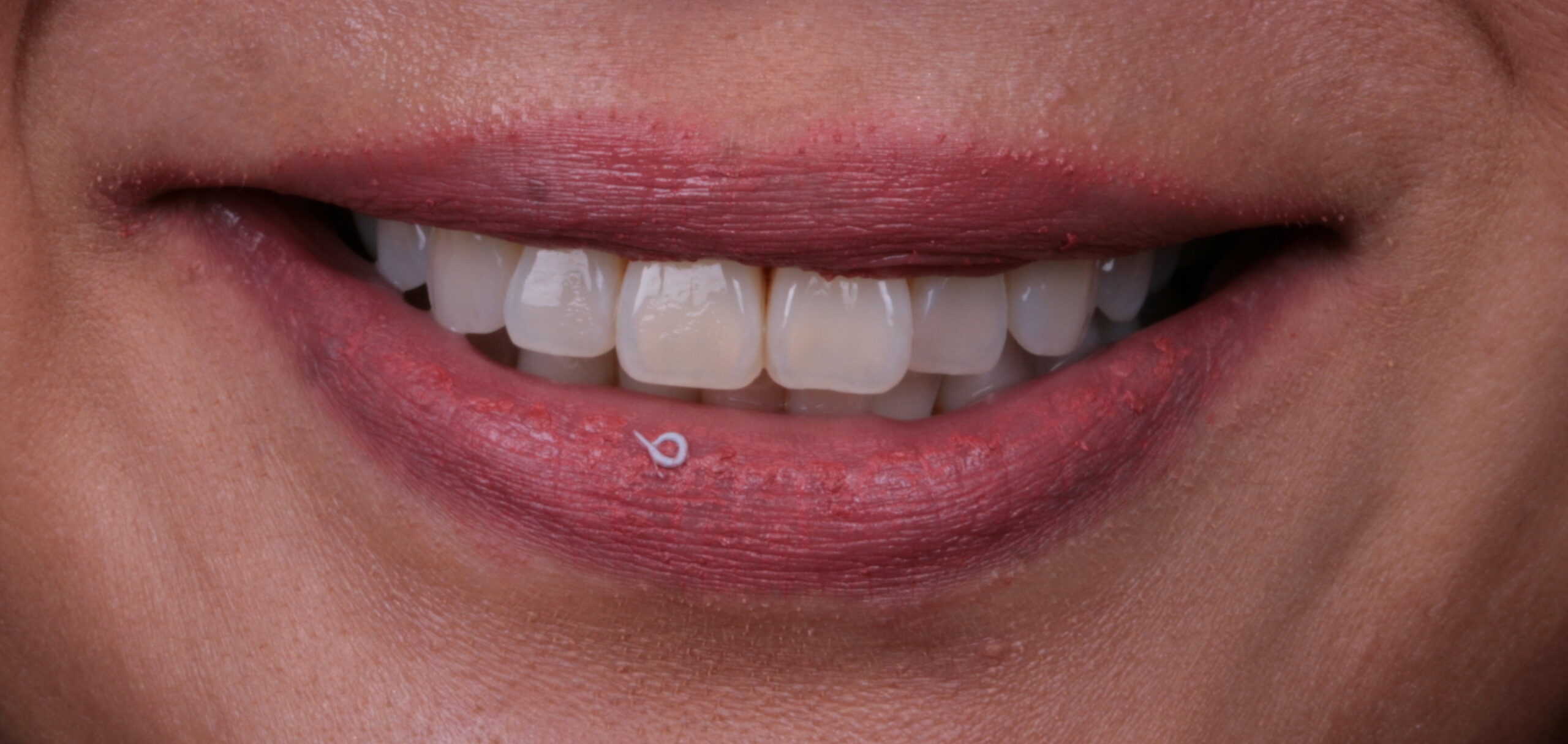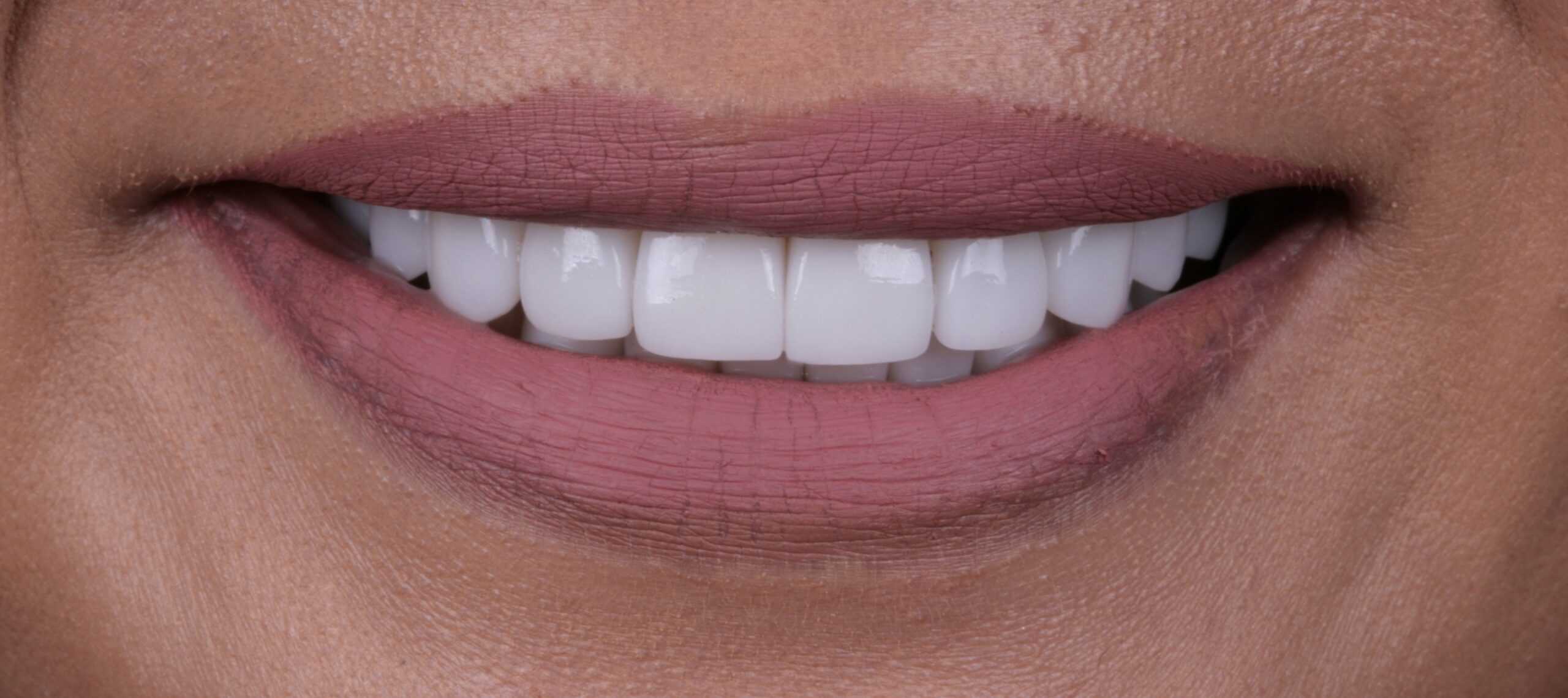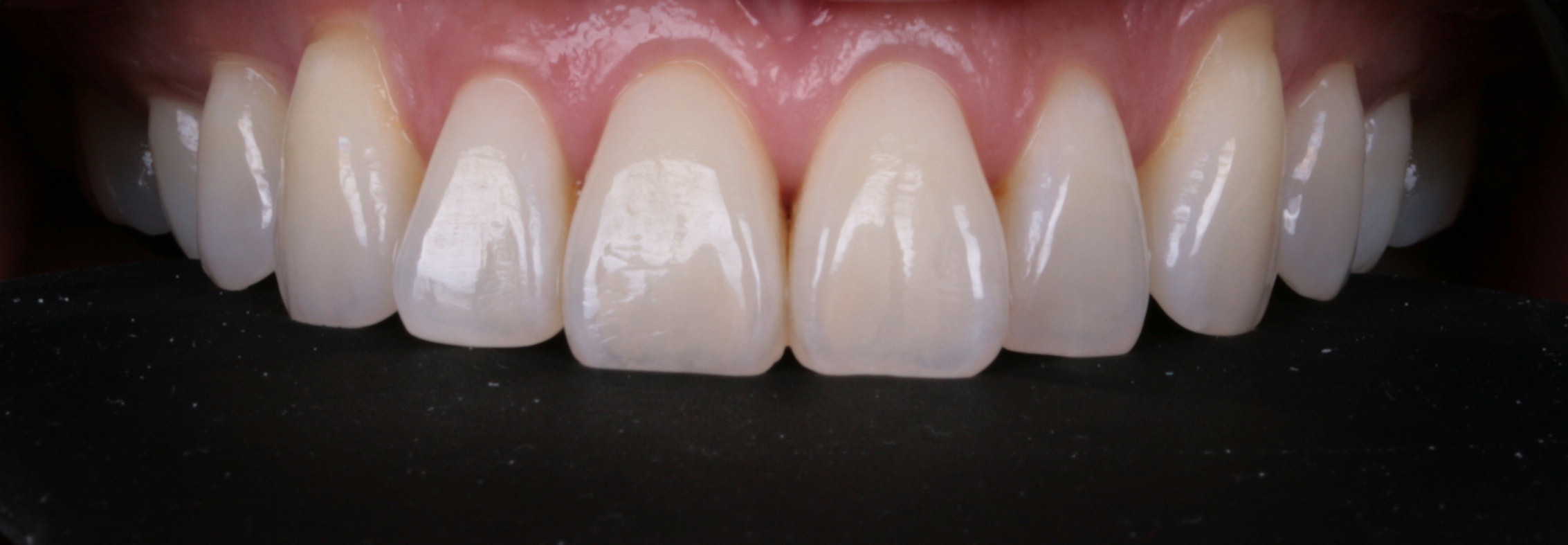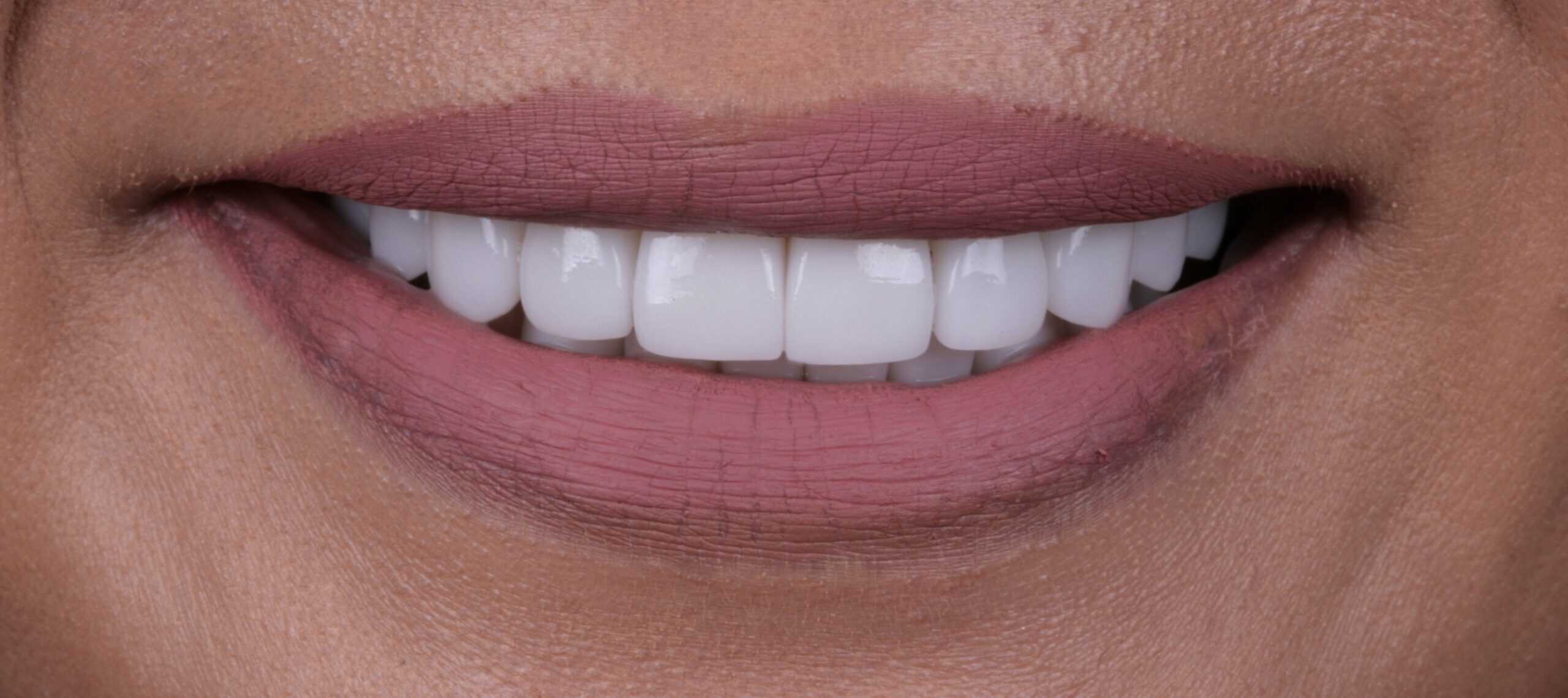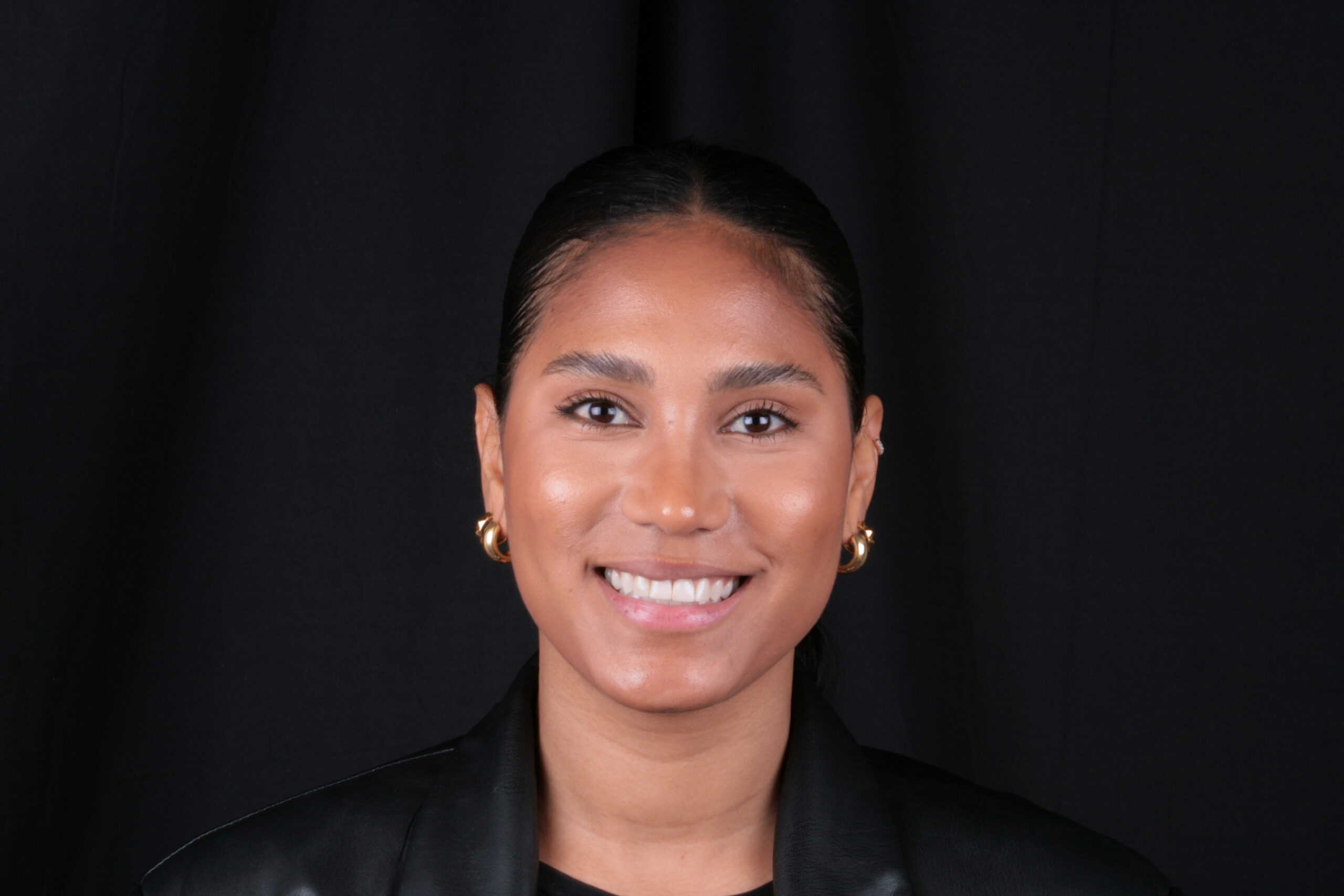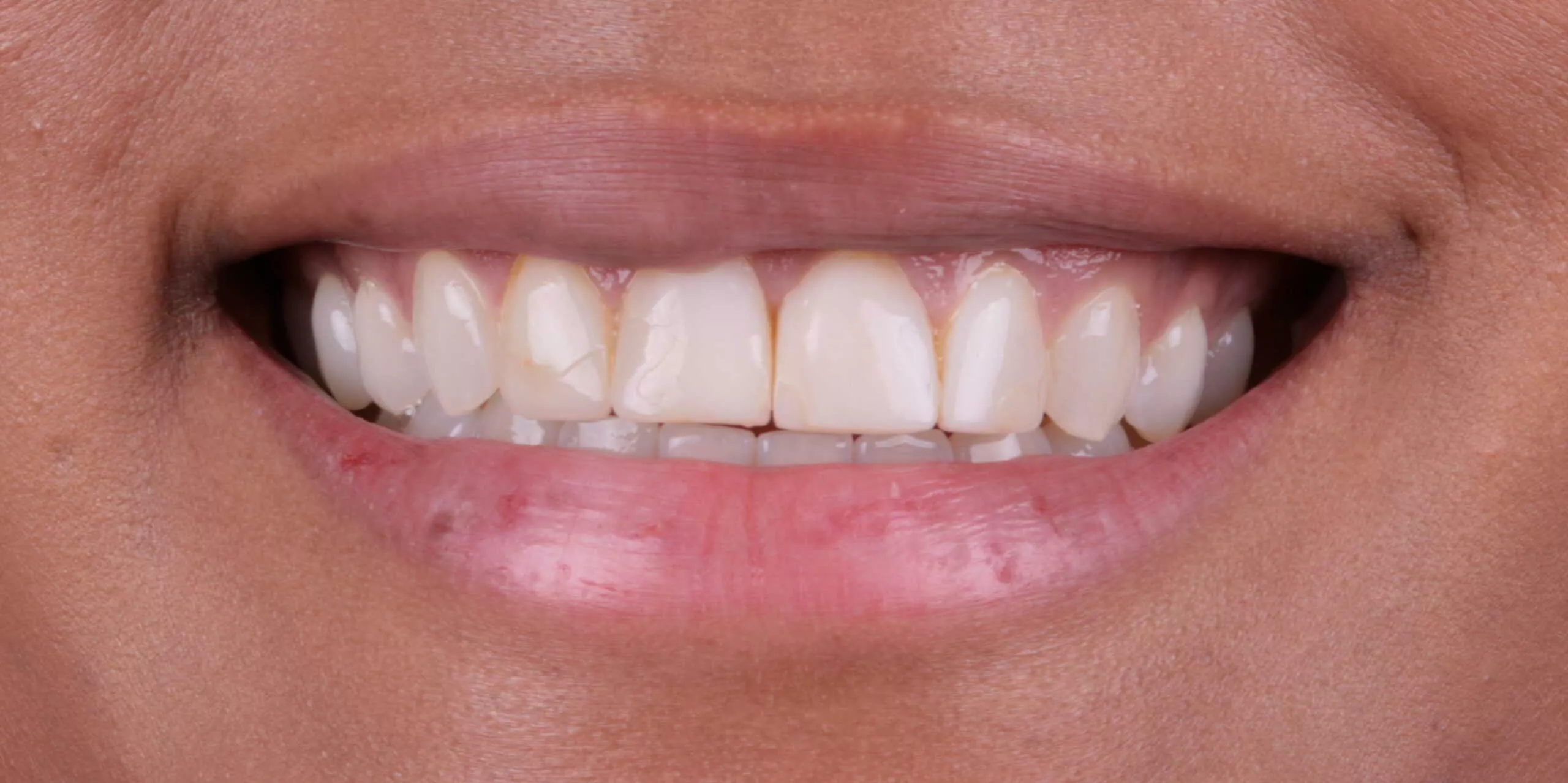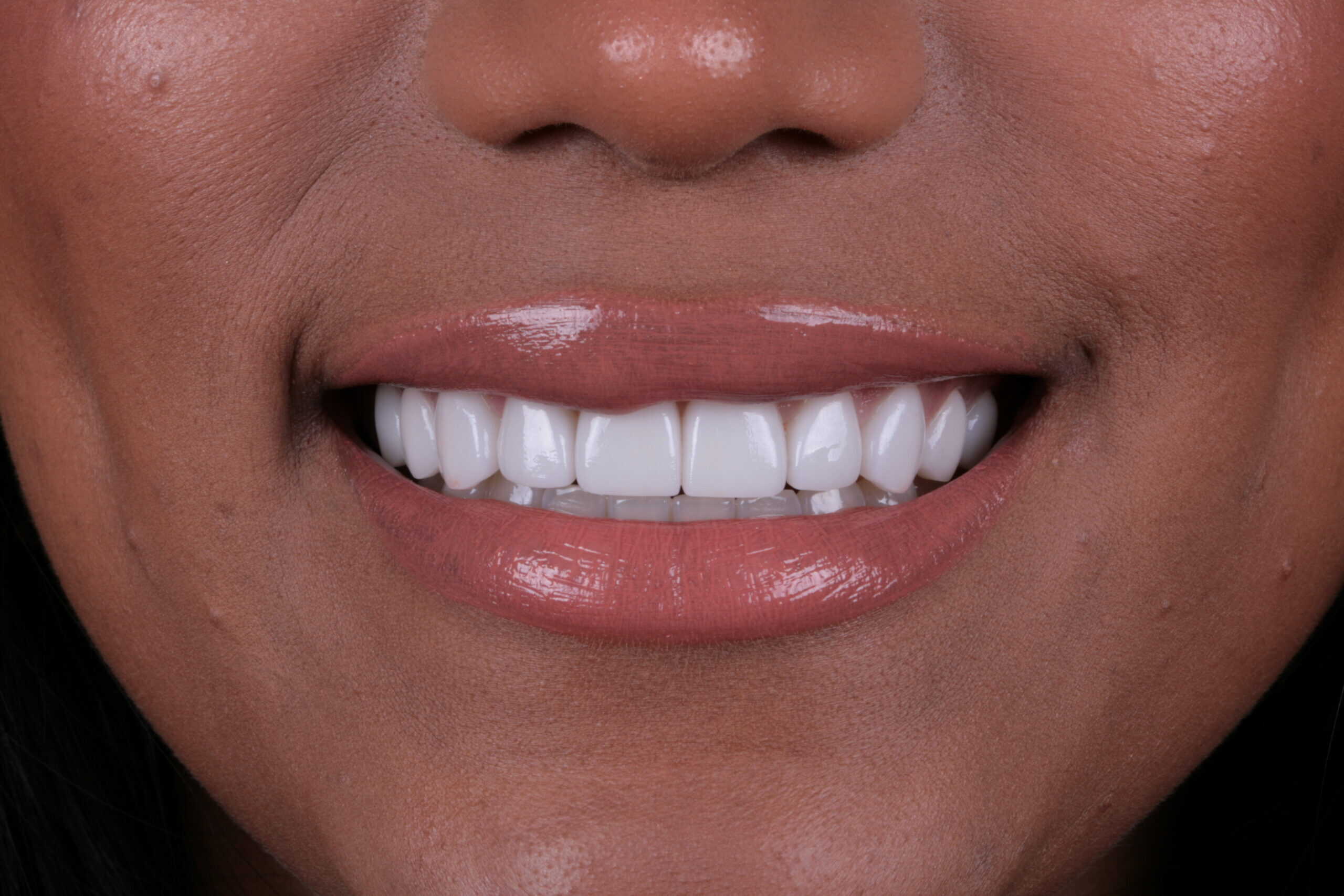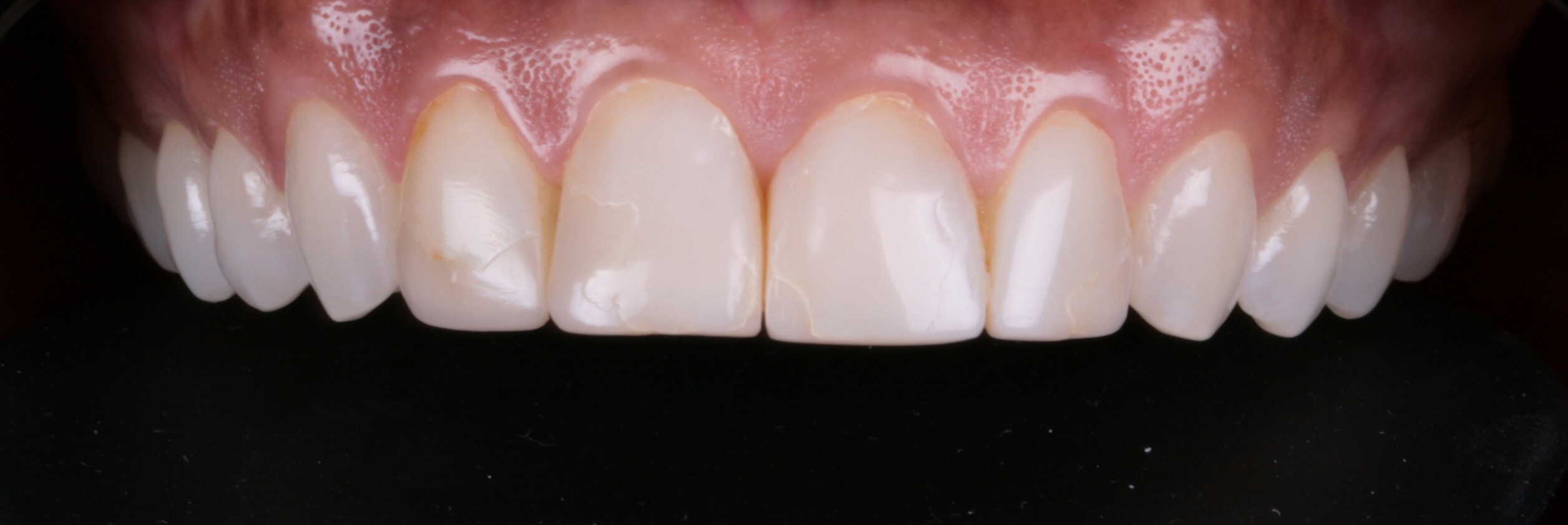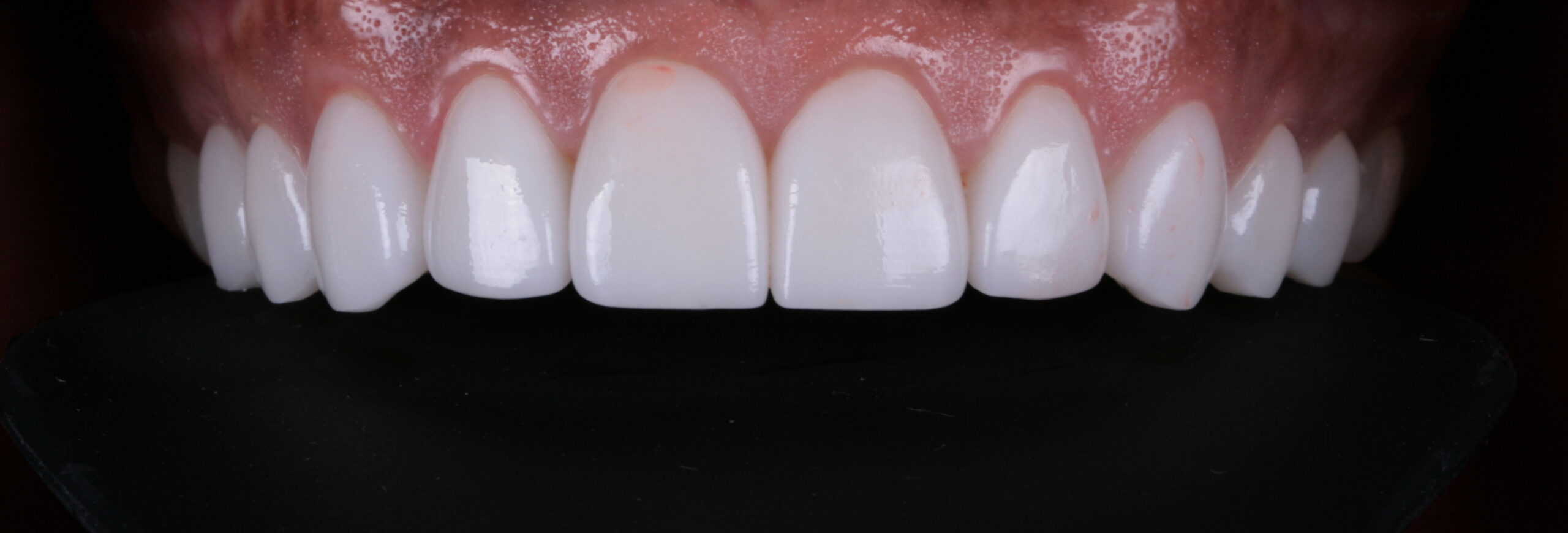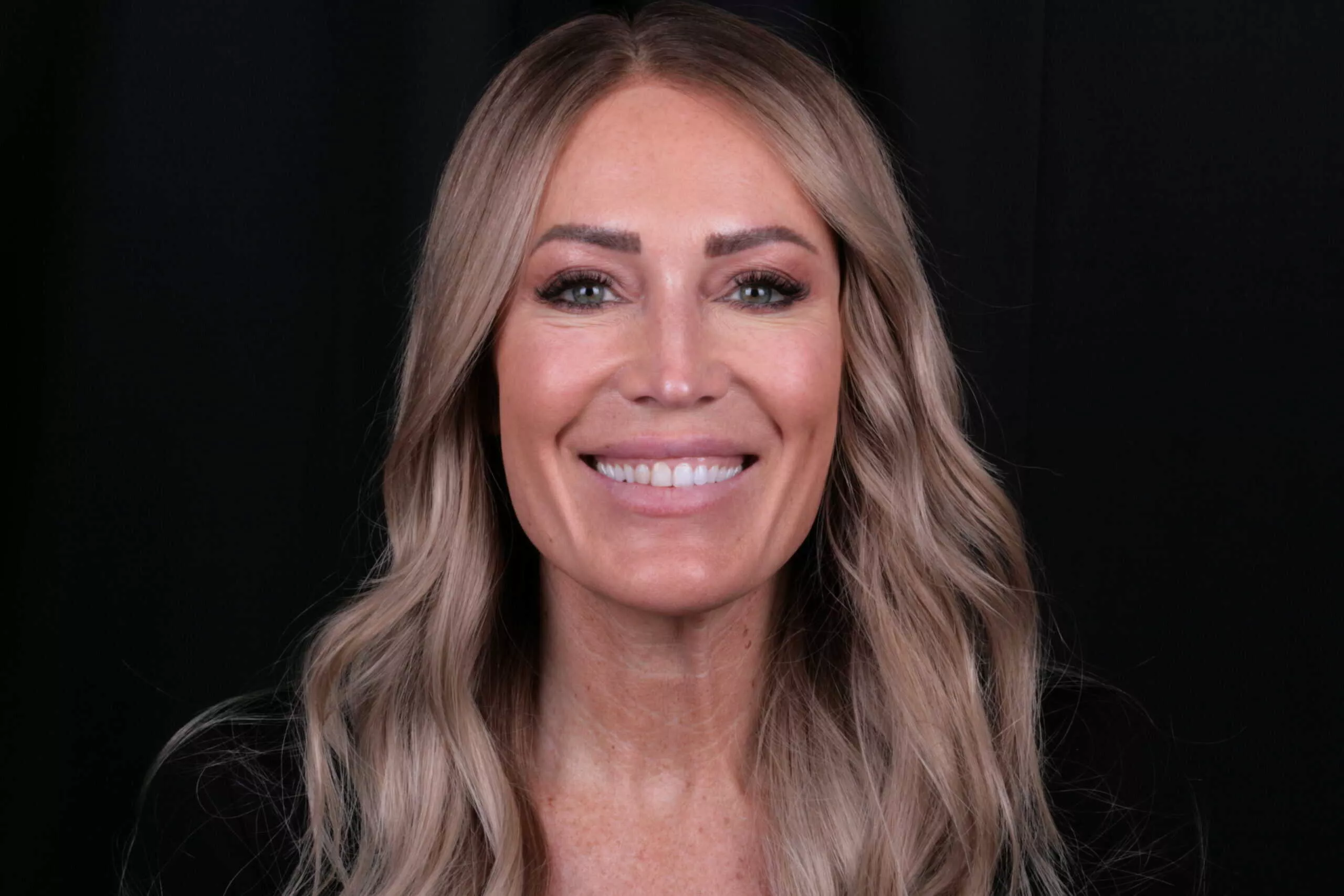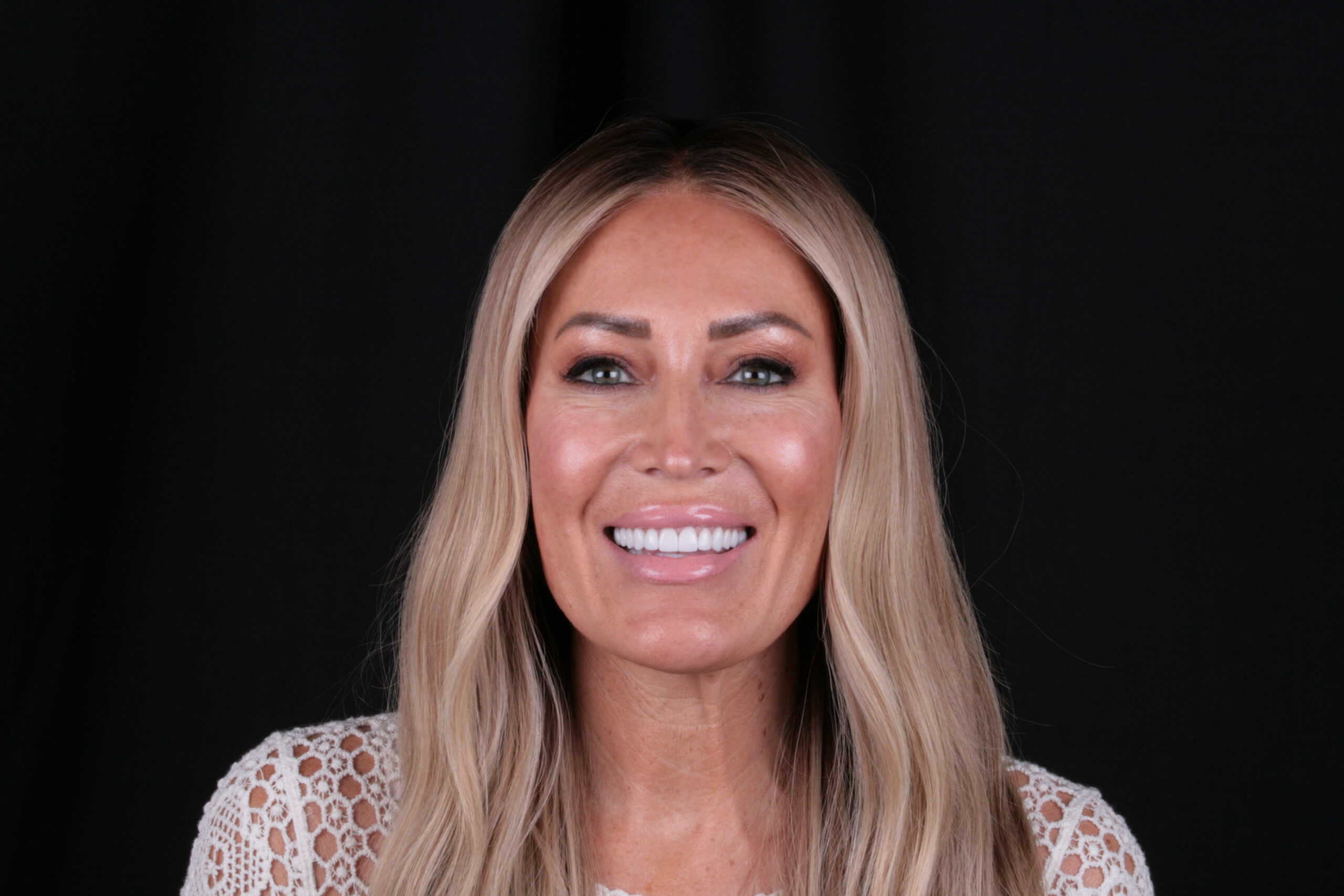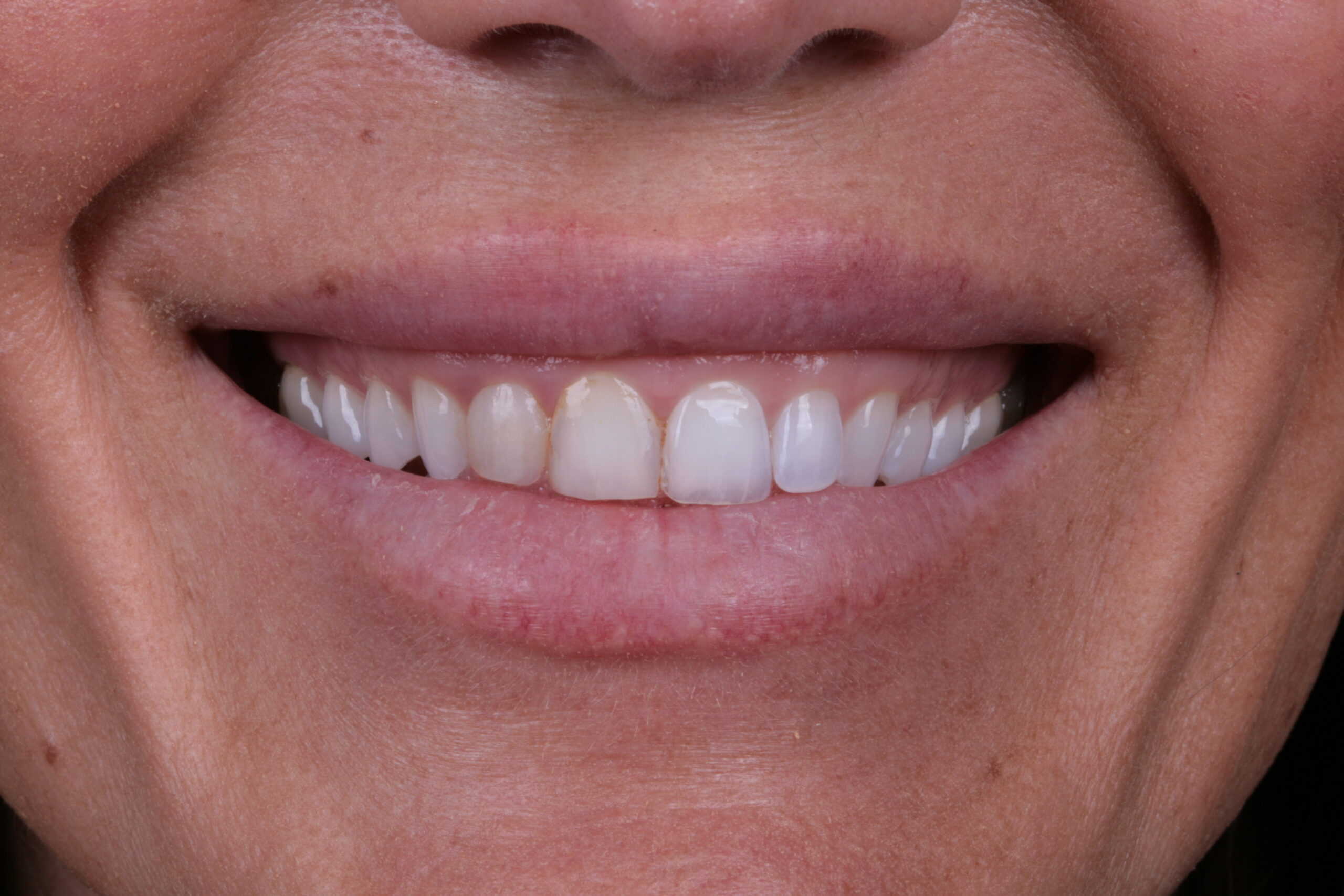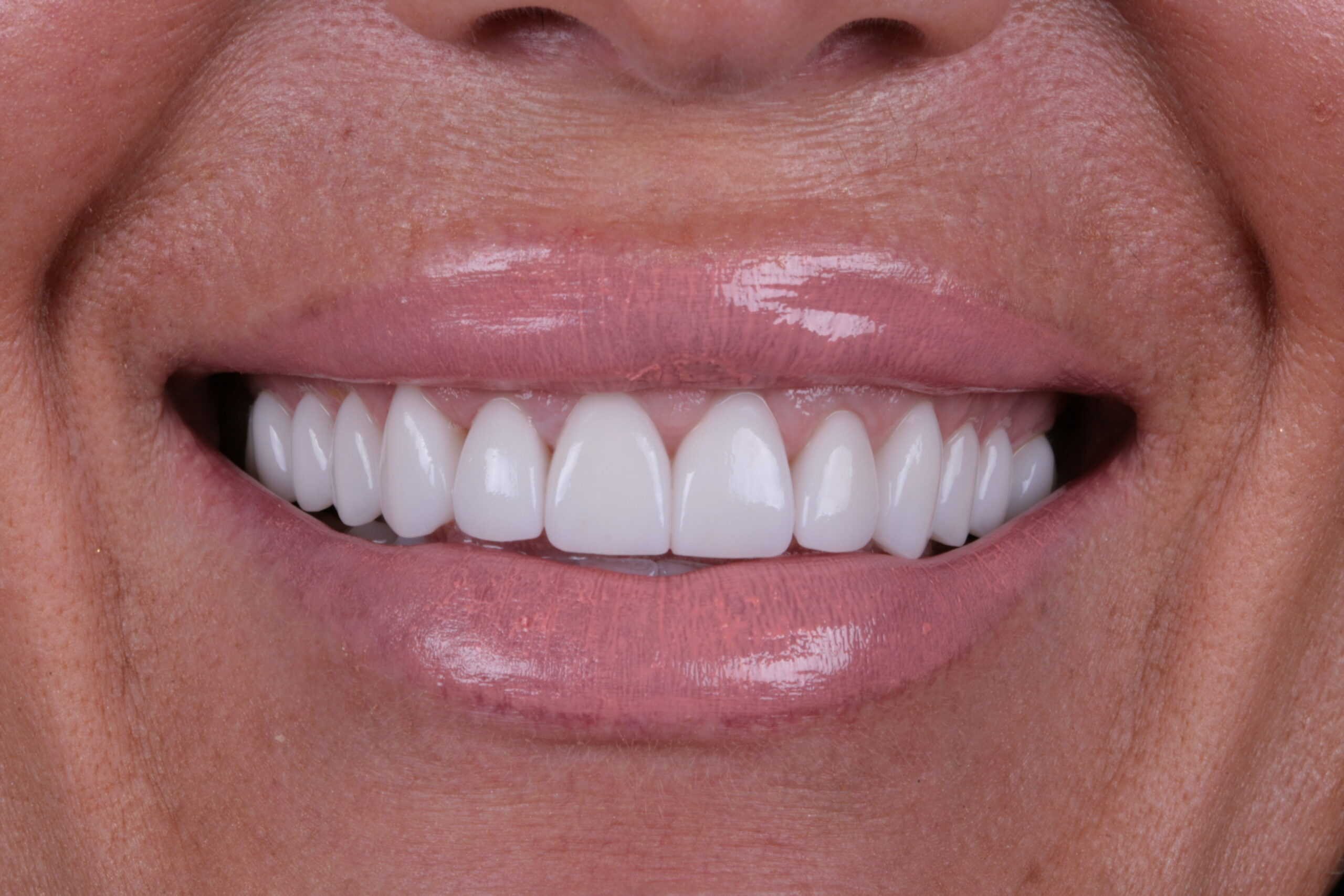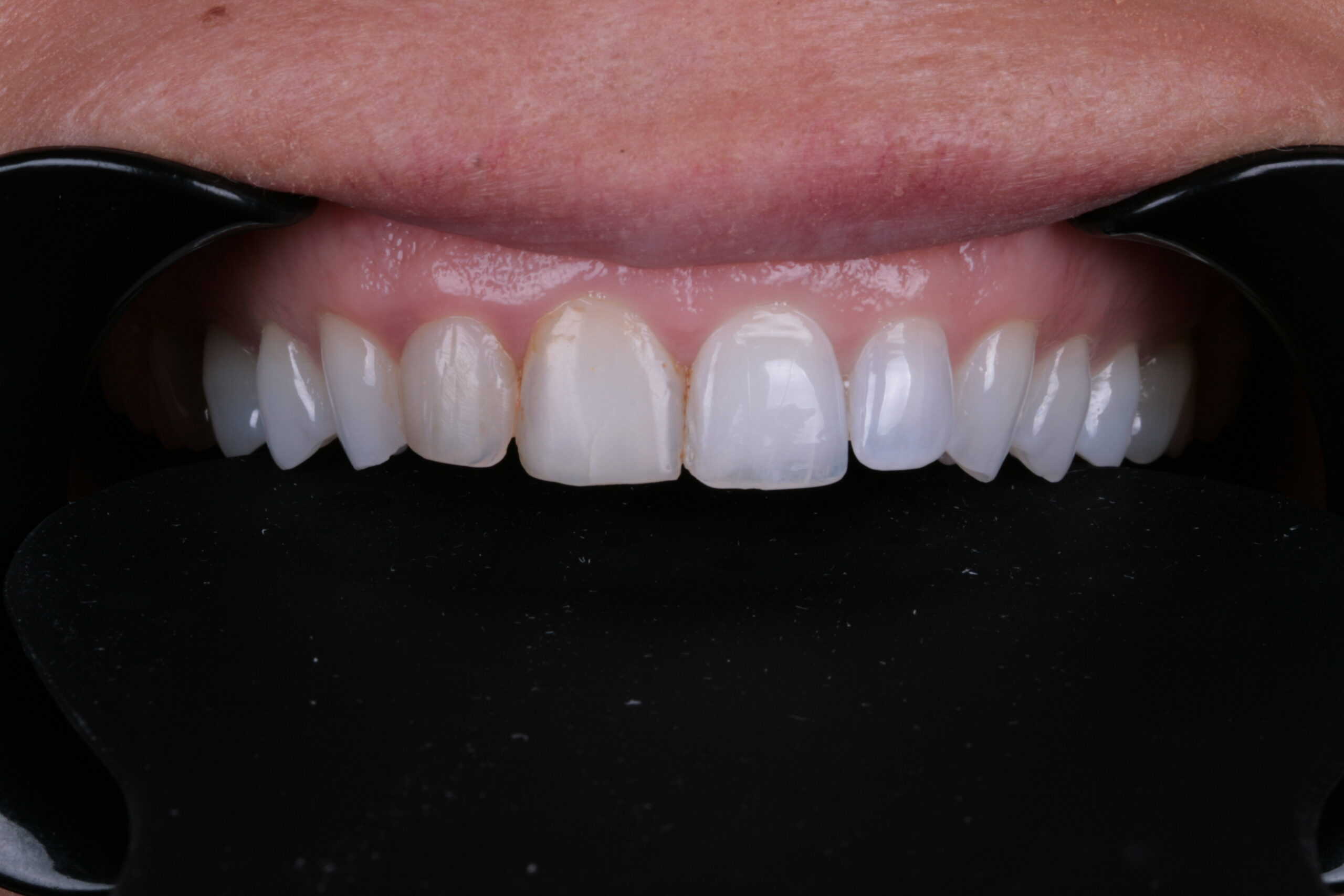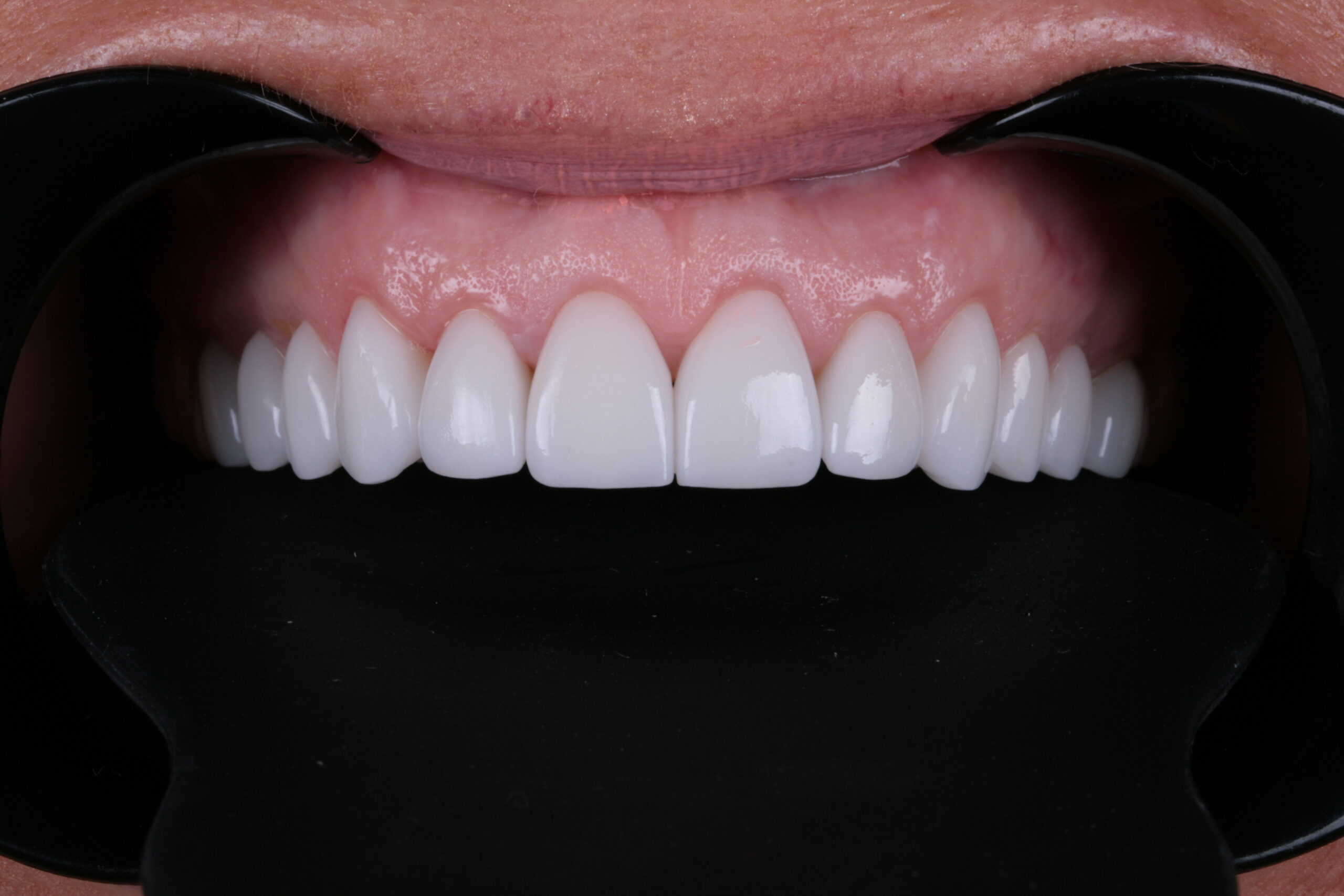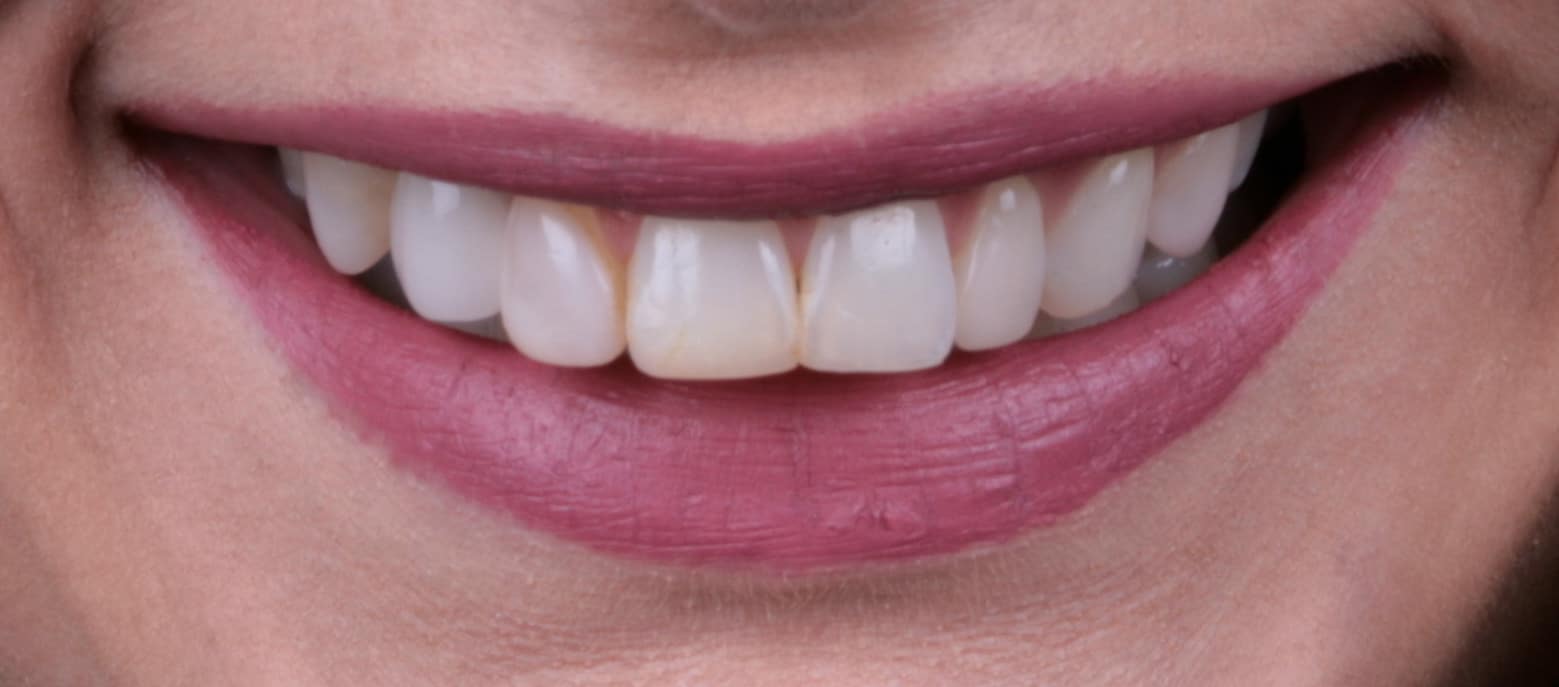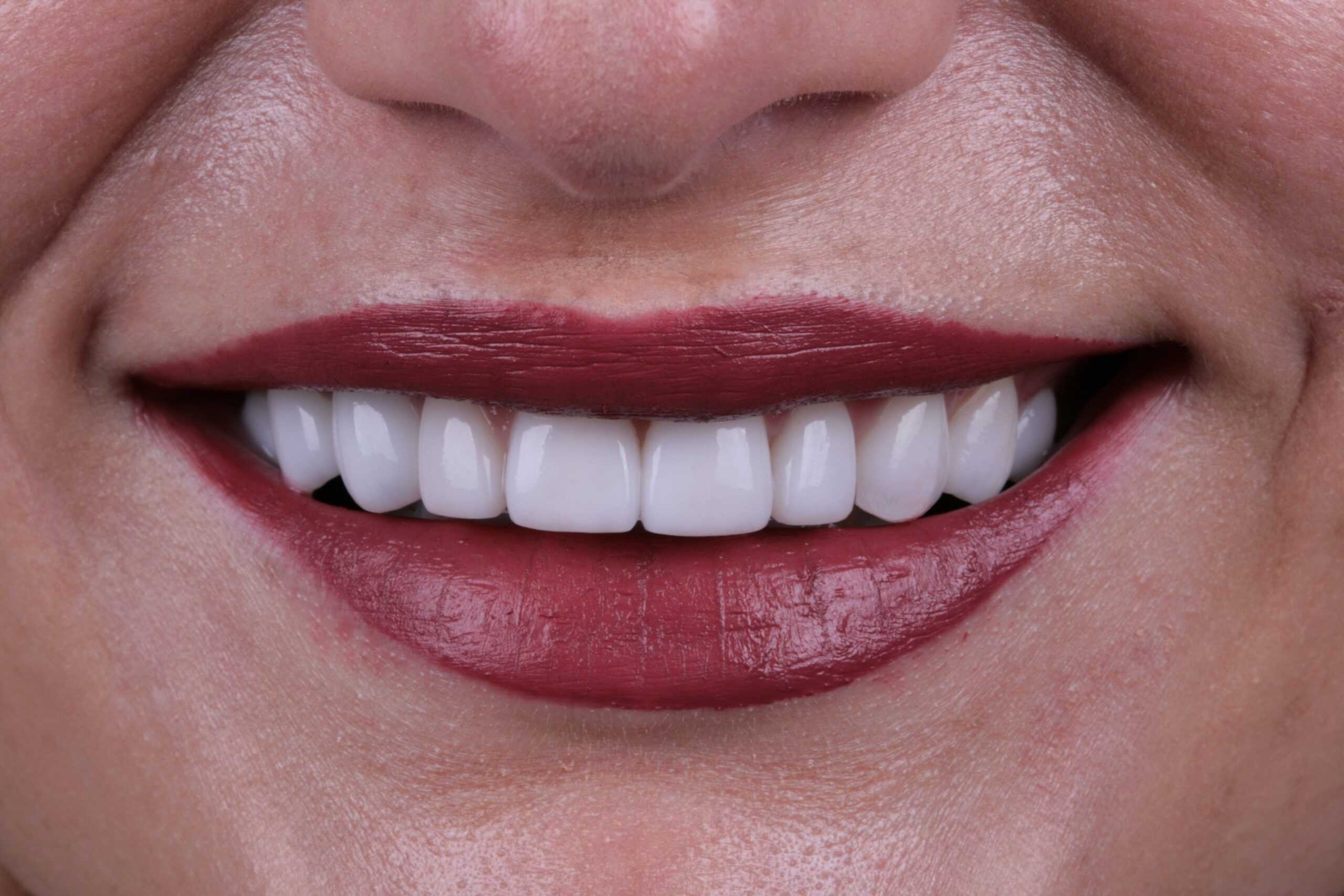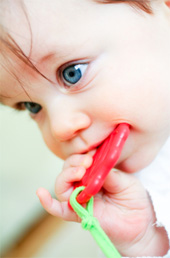
It is important to be able to understand your little ones mood swings. One moment he or she might be the happiest one, and the next they might be fussy and squirmy. If you notice that your baby is overtly fussy, tends to chew at everything and drooling, sure enough he or she is at the teething stage.
It takes some time for your little one to get accustomed to the changes that for the time being is unknown to him or her. But as a parent it is important to be able to understand what is the cause of discomfort and how can you make your baby feel comfortable and adjust to the new sensations of teething.
Signs Your Baby is Teething
Every baby has 20 baby teeth commonly known as milk teeth below the gum area. The moment they are ready to start teething the gums become hard and sensitive to touch. They chew at every possible thing around them. It is easy to feel the gums and know what stage they are at, as the gums will feel like little hillocks with the undulations of the baby teeth. Around the sixth month the children start teething and slowly the dentures start surfacing. Typically the front two and the bottom two are the first to evolve. Since the teeth cut through the gums it can be very painfully for the little one followed by maybe slight fever and sometimes diarrhea.
What You, as a Parent, Can Do
In addition to taking the baby to a pediatric dentist, it also helps to take small measures that will help your baby to get over the preliminary discomfort. One can use some baby soothing gel on the gums for comfort. Soft chewable teething toys can be kept in the refrigerator and given to them for soothing the sensitive gums. Handle your baby with patience and tenderness to help him or her overcome the discomfort and uneasiness of teething.

